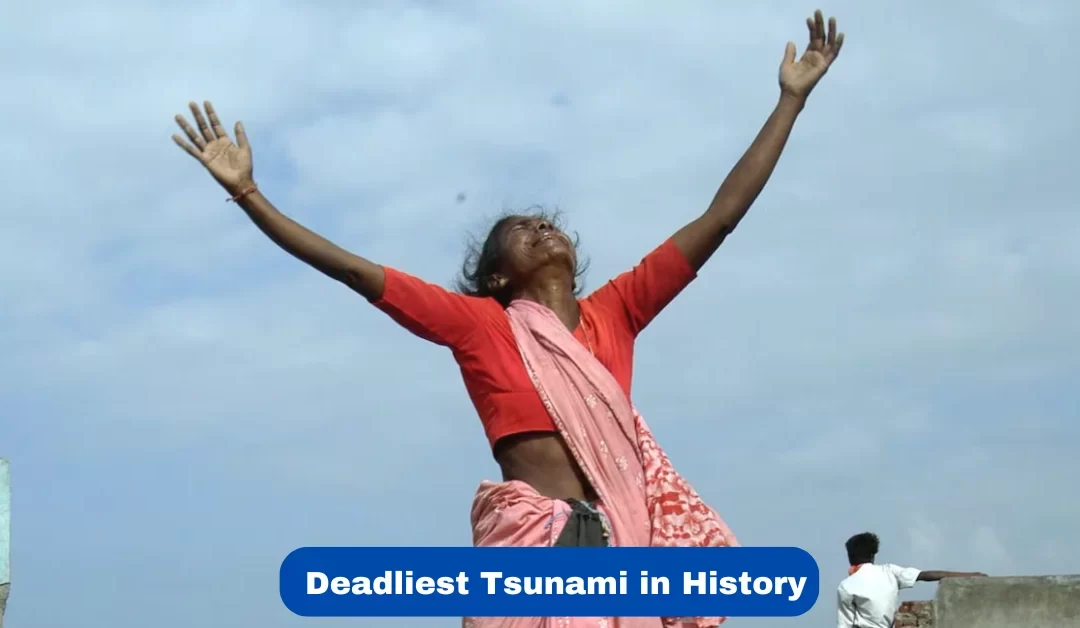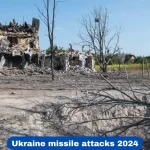On December 26, 2004, the world witnessed one of the deadliest natural disasters in history. A massive tsunami swept across the Indian Ocean, killing over 225,000 people and devastating communities in Indonesia, Sri Lanka, India, and Thailand. It was a tragedy that caught millions unprepared, leaving lasting scars and teaching crucial lessons about disaster preparedness.
The Morning of Horror
Supharat Srilao, a hotel cleaner in Khao Lak, Thailand, was at home with her three-year-old son when she saw something terrifying: a massive black wave heading toward her home.
“As I held my child, the wave hit us with a loud boom,” she recalls. “The water swept my son away and pulled me under. I prayed, ‘I must survive to find my son.’”
Stories like Srilao’s were tragically common that day. Entire villages were swept away, families were separated, and countless lives were lost. The tsunami, caused by an enormous underwater earthquake, became a grim reminder of how unprepared the region was for such a disaster.
Why Was the Indian Ocean Unprepared?
- Lack of Warning Systems
Tsunamis occur when earthquakes or other geological shifts displace water, creating waves that surge toward the coast. The Pacific Ocean’s “Ring of Fire” experiences frequent tsunamis, so countries like Japan have robust warning systems. These systems use sensors to detect water level changes and issue alerts via radio and alarms, giving coastal areas time to evacuate.
However, in 2004, no such system existed in the Indian Ocean. Unlike the Pacific, the Indian Ocean rarely experiences deadly tsunamis. Between 1852 and 2002, only seven tsunamis in the region caused fatalities, with fewer than 50,000 deaths recorded over 150 years. This led to complacency, and no significant efforts were made to prepare for such disasters.
- Limited Awareness and Preparation
In countries like Japan, tsunami education is a priority. Students participate in regular evacuation drills, and buildings are designed to withstand earthquakes. In contrast, communities in the Indian Ocean region lacked awareness about tsunami risks. Without evacuation plans or infrastructure designed to handle disasters, the 2004 tsunami caught millions off guard.
The Earthquake That Triggered the Tsunami
The disaster began at 7:29 a.m. when a 9.1-magnitude earthquake struck off the coast of Sumatra, Indonesia. This quake, one of the most powerful ever recorded, occurred where the Indian and Burman tectonic plates meet. The collision released energy equivalent to 23,000 atomic bombs, lifting the ocean floor and displacing massive amounts of water.
According to seismologist Barry Hirshorn, “Imagine a 1,000-kilometer line of water being lifted and then crashing down. It’s not a wave like we see at the beach—it’s more like a steamroller of water flattening everything in its path.”
The Devastation Unfolds
- Waves of Destruction
The first waves hit Indonesia’s Aceh province just 20 minutes after the earthquake. With heights of up to 167 feet, these waves obliterated coastal areas, turning streets into rivers and sweeping away everything in their path.
Within hours, the tsunami reached Thailand, Sri Lanka, India, and even parts of Africa, traveling at speeds of 500 miles per hour—comparable to a jet plane. Entire communities were submerged, leaving survivors clinging to debris or desperately searching for loved ones. - Human Stories of Survival
In Thailand, 16-year-old British tourist Louis Mullan was separated from his family when the tsunami hit. “I remember looking out at the water—there was no line between the sea and land. It was everywhere,” he recalls. “I screamed for my family but heard nothing.”
Like Mullan, many survivors were left grappling with the trauma of losing loved ones and witnessing unimaginable destruction.
The Lessons Learned
- The Need for Global Warning Systems
The 2004 tsunami highlighted the urgent need for better warning systems. In response, countries around the Indian Ocean established the Indian Ocean Tsunami Warning and Mitigation System (IOTWS). Today, sensors and alarms help detect tsunamis early, giving coastal communities precious time to evacuate.
Education and Preparedness
Awareness campaigns and disaster drills have become essential in vulnerable regions. Teaching communities how to recognize tsunami warning signs, like receding shorelines, can save lives in the future.































